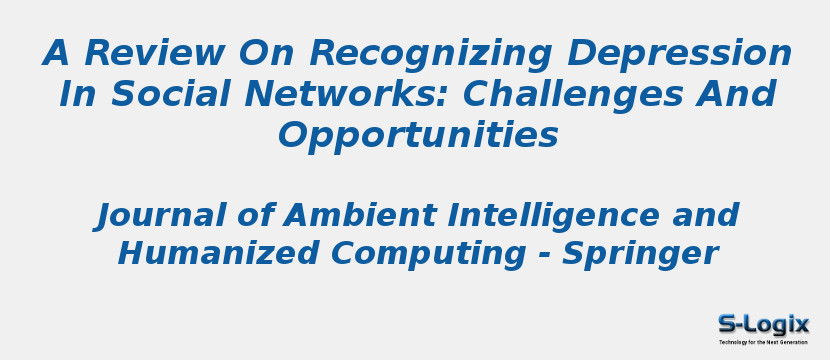Research Area: Machine Learning
Social networks have become another resource for supporting mental health specialists in making inferences and finding indications of mental disorders, such as depression. This paper addresses the state-of-the-art regarding studies on recognition of depressive mood disorders in social networks through approaches and techniques of sentiment and emotion analysis. The systematic research conducted focused on social networks, social media, and the most employed techniques, feelings, and emotions were analyzed to find predecessors of a depressive disorder. Discussions on the research gaps identified aimed at improving the effectiveness of the analysis process, bringing the analysis close to the user-s reality. Twitter, Facebook, Blogs and Forums, Reddit, Live Journal, and Instagram are the most employed social networks regarding the identification of depressive mood disorders, and the most used information was text, followed by emoticons, user log information, and images. The selected studies usually employ classic off-the-shelf classifiers for the analysis of the available information, combined with lexicons such as NRC Word-Emoticon Association Lexicon, WordNet-Affect, Anew, and LIWC tool. The challenges include the analysis of temporal information and a combination of different types of information.
Keywords:
Author(s) Name: Felipe T. Giuntini, Mirela T. Cazzolato, Maria de Jesus Dutra dos Reis, Andrew T. Campbell, Agma J. M. Traina & Jó Ueyama
Journal name: Journal of Ambient Intelligence and Humanized Computing
Conferrence name:
Publisher name: Springer
DOI: 10.1007/s12652-020-01726-4
Volume Information: volume 11, pages4713–4729 (2020)
